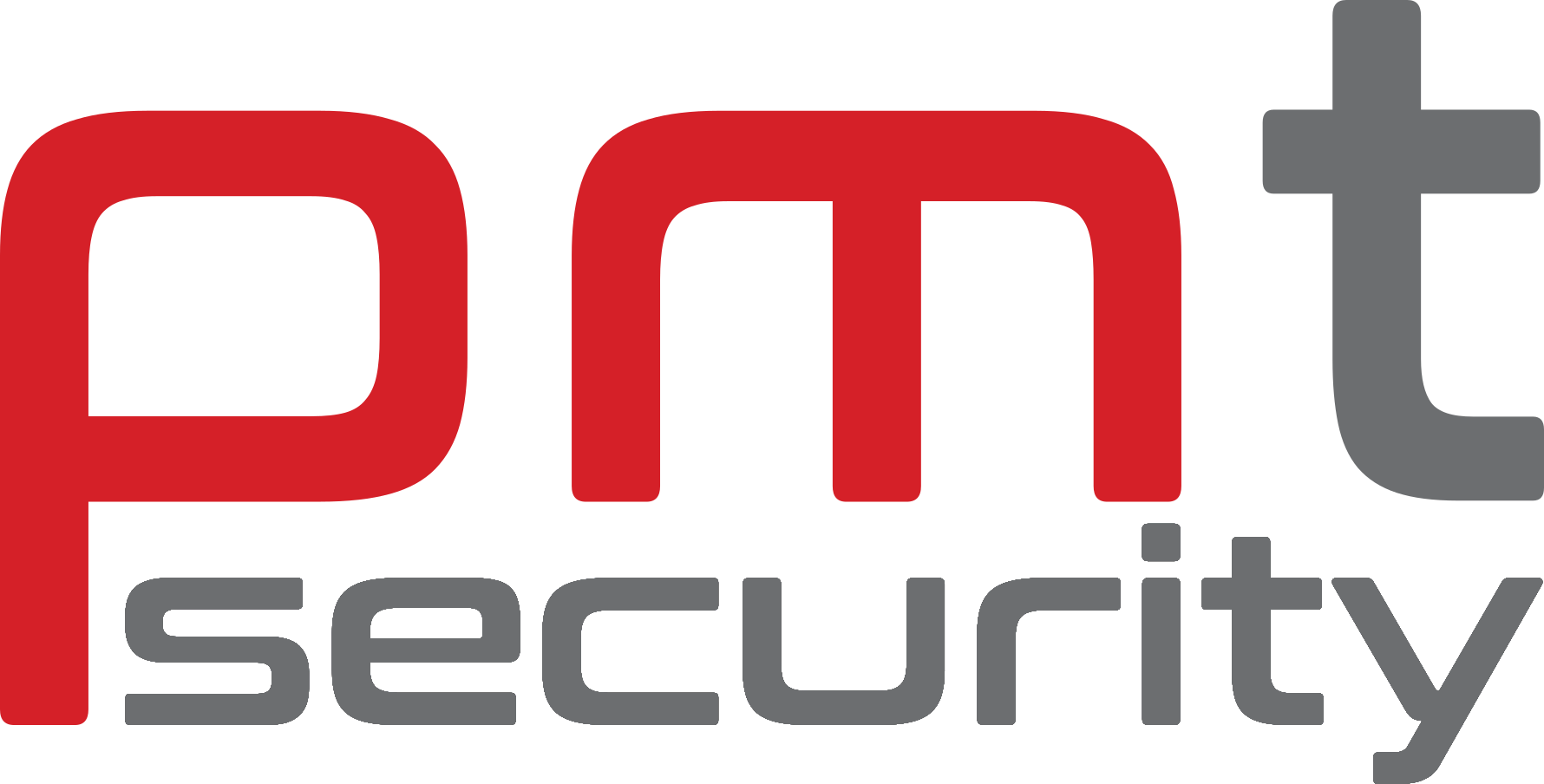5 Advantages of Turret Security Cameras for Video Surveillance
Turret security cameras are an essential piece of equipment for any business or home security system. Turret cameras offer numerous advantages over other types of video surveillance, including a wide field of view, improved image quality, and increased weather resistance.
Why choose a Turret Security Camera?
Turret security cameras, also known as dome cameras, offer several advantages in surveillance and security systems. Here are the top five benefits of using a turret security camera:
1. Versatile and Flexible Design:
Turret cameras are known for their versatile design, allowing them to be mounted in various locations and environments. They can be installed both indoors and outdoors and offer flexibility in terms of adjusting the viewing angle and direction of the camera. This adaptability makes turret cameras suitable for a wide range of security applications.
2. Wide Coverage and Pan-Tilt-Zoom (PTZ) Capabilities:
Turret cameras typically have a wide-angle lens, enabling them to provide a broad field of view. They can monitor larger areas compared to traditional fixed cameras, reducing the number of cameras required for comprehensive coverage. Additionally, many turret cameras come with PTZ capabilities, allowing operators to remotely pan, tilt, and zoom the camera for closer examination of specific areas of interest.
3. Vandal and Tamper-Resistant:
Turret cameras are designed with a dome-shaped housing that protects the lens and internal components from vandalism and tampering attempts. Their sturdy construction makes them highly resistant to physical damage, such as attempts to cover the lens or disable the camera. This robustness ensures the cameras continue to function effectively, providing reliable security surveillance.
4. Discreet and Deterrent Effect:
Turret cameras are often chosen for their discreet appearance. With their compact size and sleek design, they can blend seamlessly into various environments, making them less noticeable to potential intruders. However, their presence is still effective as a deterrent, as individuals may be aware of the surveillance system and think twice before engaging in criminal activities.
5. Day/Night and Wide Dynamic Range (WDR) Capabilities:
Many turret cameras are equipped with advanced imaging technologies to deliver high-quality video footage under various lighting conditions. They often have infrared (IR) LEDs for night vision, allowing them to capture clear images in complete darkness. Additionally, WDR technology enables the camera to handle scenes with both bright and dark areas, ensuring balanced exposure and enhanced image clarity in challenging lighting environments.
These benefits make turret security cameras a popular choice for businesses, homes, and public spaces where reliable surveillance and deterrence are crucial.





